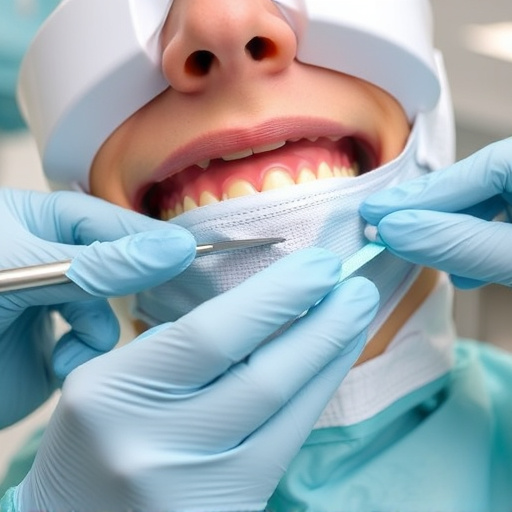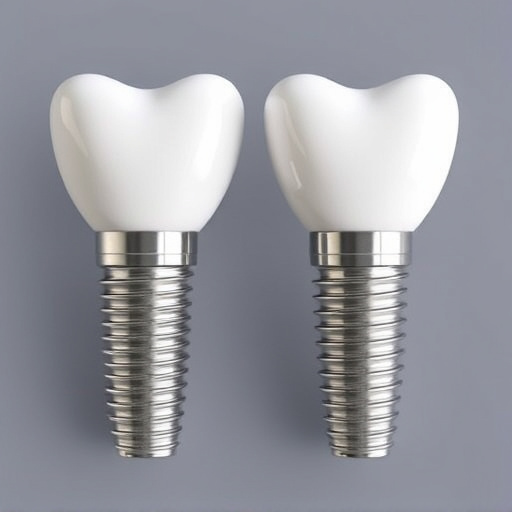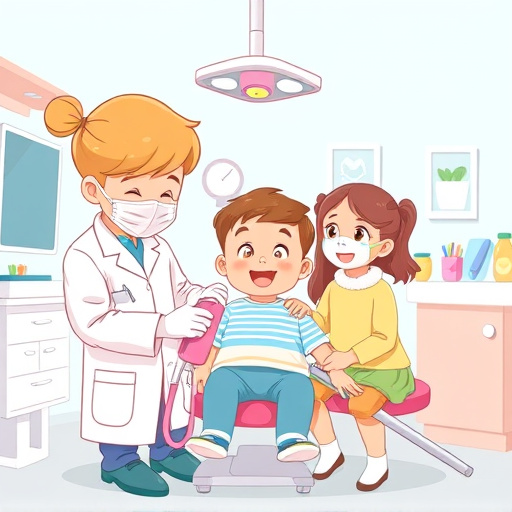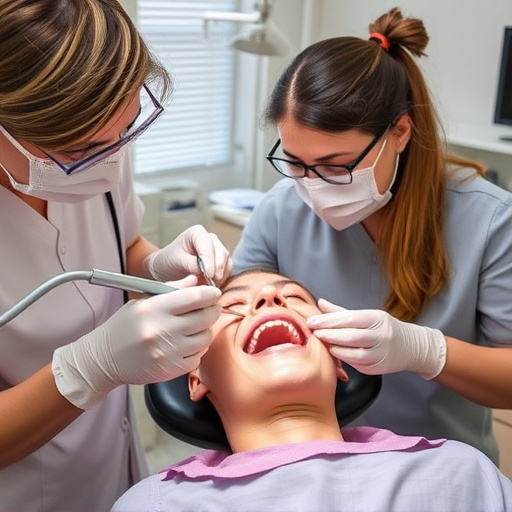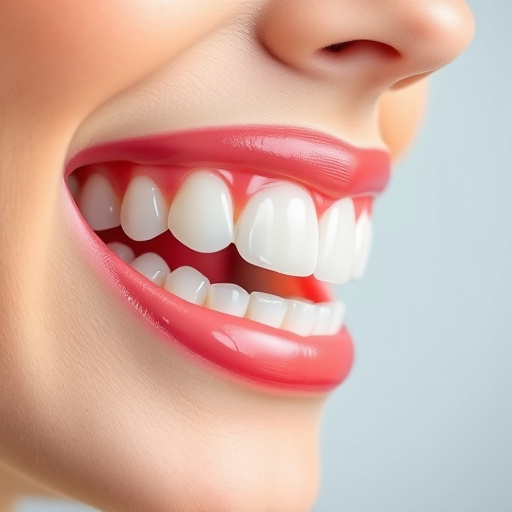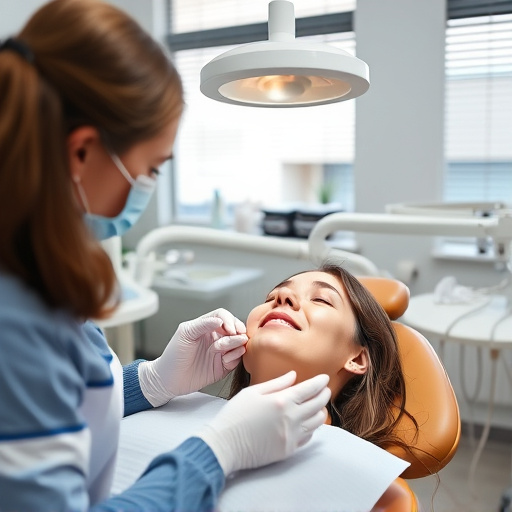Gum health evaluation is crucial in oral care, often overlooked but vital for preventing severe issues like tooth extractions and crowns. Regular dental visits, including advanced techniques and assessments, detect early gum inflammation signs like redness, swelling, bleeding, bad breath, and loose teeth. Preventive care through routine check-ups, cleanings, flossing, proper brushing, and balanced diet significantly maintains optimal gum health, averting gingivitis and periodontitis.
Gum health is a crucial indicator of overall well-being, with inflammation being a silent yet powerful signal. This article delves into the essential practice of early gum inflammation identification through comprehensive evaluations. We explore the subtle signs and symptoms, highlighting the significance of regular check-ups. Learn about advanced techniques to assess gum health and discover preventive measures to maintain optimal oral care. Embrace the power of a healthy smile by understanding this transformative approach to gum evaluation.
- Understanding Gum Inflammation: Early Signs and Symptoms
- Comprehensive Gum Health Evaluation Techniques
- Preventive Measures for Effective Gum Care
Understanding Gum Inflammation: Early Signs and Symptoms
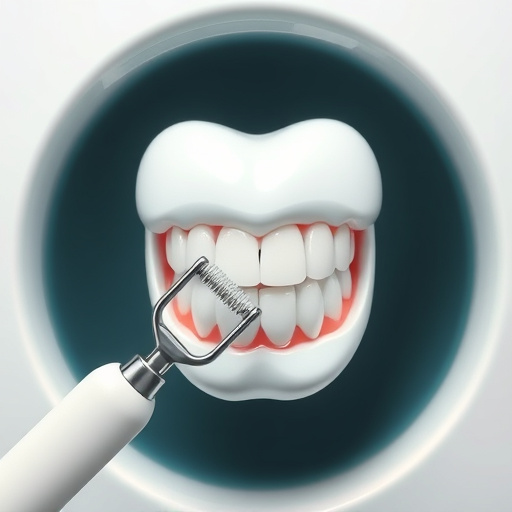
Gum inflammation, often a sign of periodontal disease, can be subtle at first but is crucial to identify early on. It’s important to recognize that gum health evaluation isn’t just about checking for cavities; it involves scrutinizing your gums for any signs of redness, swelling, or bleeding, which could indicate chronic gingivitis, a common form of gum inflammation.
The early signs and symptoms of gum inflammation can include tender or swollen gums, bleeding while brushing or flossing, persistent bad breath, and loose or shifting teeth. While these issues might seem harmless, they could be the first indications of a more severe dental problem. Regular visits to your dentist, especially in the context of children’s dentistry, can help catch these issues early, potentially preventing problems like tooth extractions and the need for dental crowns later on.
Comprehensive Gum Health Evaluation Techniques
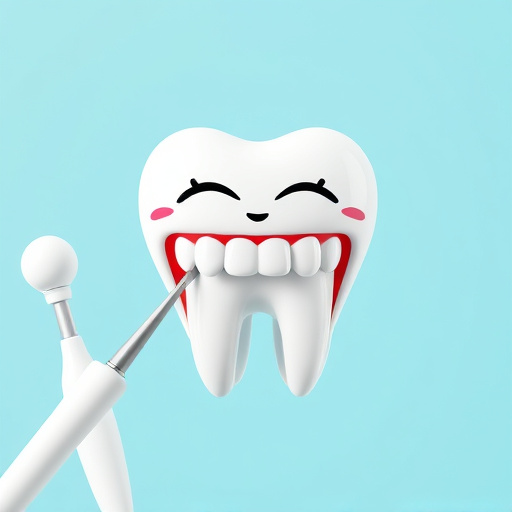
A comprehensive gum health evaluation is essential for identifying inflammation at an early stage, which can prevent more severe periodontal diseases. Dentists use advanced techniques such as visual examinations, probing depth measurements, and x-rays to assess the condition of gums and teeth. These methods allow them to detect signs of gingivitis, periodontitis, and other gum-related issues that might go unnoticed during routine checkups. By incorporating advanced imaging technologies like panoramic X-rays or 3D scans, dentists can gain a detailed view of jawbone density and potential infections hidden below the gumline.
Additionally, the evaluation may include probing for pockets around each tooth, measuring inflammation levels, and assessing bleeding gums—all indicators of gum health. Children’s dentistry professionals are particularly vigilant about gum health as early childhood caries and gum diseases can have long-lasting impacts on oral health. Restorative dentistry techniques, including cosmetic fillings, play a crucial role in treating gum issues by addressing decay or damage that could contribute to inflammation. Early intervention through these comprehensive evaluations ensures better overall dental health and may even save teeth from extraction.
Preventive Measures for Effective Gum Care
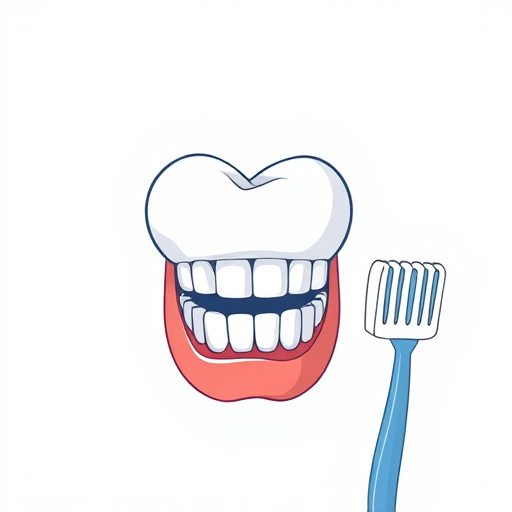
Preventive care is a cornerstone of maintaining optimal gum health. Regular dental check-ups and professional cleanings are essential to detect potential issues early on. During these visits, your dentist will perform a thorough gum health evaluation, including measuring pocket depths and assessing any signs of inflammation or bleeding. This proactive approach allows for timely intervention before gum disease progresses.
In addition to routine dental visits, several at-home measures can significantly contribute to healthy gums. Flossing daily is crucial for removing plaque buildup between teeth, where toothbrushes cannot reach. Using an anti-inflammatory mouthwash can also help reduce gum irritation and swelling. Proper brushing techniques, coupled with a balanced diet rich in calcium and vitamins, strengthen tooth enamel and support overall oral health. Moreover, regular dental cleanings complement these efforts by eliminating tartar accumulation and further minimizing the risk of gingivitis and periodontitis.
A gum health evaluation is a powerful tool in maintaining overall oral wellness. By identifying inflammation early, individuals can take proactive measures to prevent severe periodontal disease. Utilizing advanced techniques and adopting preventive care practices, such as regular dental check-ups, proper oral hygiene, and a balanced diet, people can ensure their gums remain healthy and robust, contributing to a vibrant smile and improved overall health. This holistic approach to gum care is essential in navigating the path to optimal oral health.








